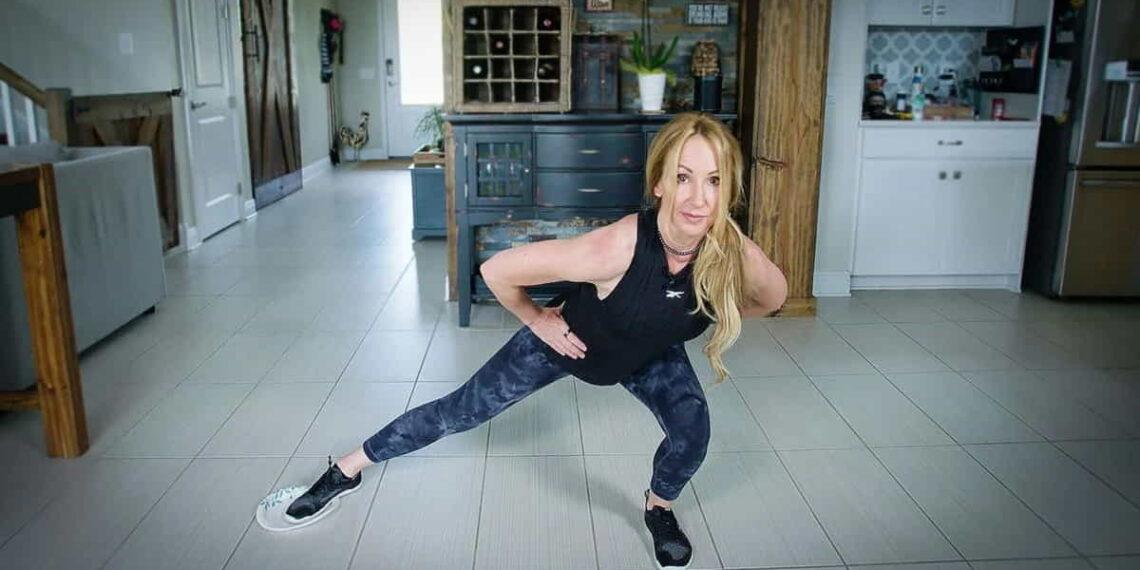Forget Crunches: A Smarter Way to Strengthen Your Core
When most people think of their core, they imagine six-pack abs. However, your core is much more than just an aesthetic goal—it’s the powerhouse that stabilizes, supports, and enables your every move.
Despite its vital role in physical health, the core is often misunderstood and under-targeted in workouts. Many focus on appearance, neglecting mobility and stability. A truly healthy core is about functionality—not just form—providing the foundation for daily tasks, athletic performance, and overall well-being.
Whether you aim for better balance, more powerful movements, or to reduce backaches and injuries, strengthening your core is the key. Read on to learn why core health matters and how to train your core more effectively.
What is Your Core?
Your core is an interconnected group of muscles that extends far beyond just the abs. It includes the rectus abdominis (the muscle associated with six-pack abs), but also the side waist, pelvic floor, lower back muscles, and diaphragm—the primary respiratory muscle.
These muscles form a vital support system for your body, enabling nearly every movement you make and every breath you take.
The Core’s Role in Movement
As a mobility coach in professional sports, I’ve seen firsthand how crucial core integration is for nearly every physical action. Your core is not simply along for the ride; it’s the driver, ensuring strength, stability, and efficiency in movement.
Here’s how your core influences physical functions:
1. Stabilization and Balance
Your core stabilizes your spine and pelvis, affecting rib cage positioning and creating a foundation for posture and movement. This stability is crucial not just for athletic performance, but for everyday activities like standing on one leg or walking on uneven surfaces. A strong core helps you maintain balance and prevent injury.
2. Movement in All Directions
While stability is key, your core also needs flexibility. Think about twisting to grab something from the back seat of your car or reaching into a grocery cart. These motions require core mobility. A stiff core limits your range of motion and increases the risk of injury—especially in athletes who focus too much on core strengthening without emphasizing mobilization.
3. Power Transmission
Whether you’re throwing a football, swinging a golf club, or sprinting, your core helps efficiently transfer power to your limbs. A stable core ensures that power is effectively transmitted, reducing stress on your joints and lowering the risk of overuse injuries. Without this core stability, athletes often experience issues like tennis elbow.
The Plank: A Foundational Core Exercise
Crunches have long been considered the gold standard of core exercises, but they only target the rectus abdominis. Planks, on the other hand, engage the entire core—from deep stabilizing muscles to the obliques and lower back.
How to Do a Basic Plank:
- Start on your hands and knees, aligning your wrists under your shoulders.
- Step your feet back one at a time, straightening your legs to create a diagonal line from your head to your hips and heels.
- Engage your core by exhaling and drawing your ribs back toward your waist, avoiding sagging hips or arching your back.
- Hold this position for 20 to 30 seconds, focusing on even breathing. Rest for 10 to 15 seconds between reps and repeat two to three times. Gradually increase the duration as your strength improves.
If a straight-arm plank is too challenging on your wrists or shoulders, try a forearm plank (with elbows aligned under shoulders) or drop to your knees if keeping your legs straight is difficult.
Plank Variations for Full-Core Activation
The plank is a versatile exercise that activates your entire core and can be adapted to target different areas. By adding dynamic movements—like shoulder taps or mountain climbers—you can improve strength and mobility.
For a more targeted challenge, try a side plank. This variation emphasizes the obliques and challenges balance. One of my favorite progressions is the side plank with a reach-and-rotate movement: from the side plank, reach your top arm under your body, then rotate it back upward toward the ceiling.
To maximize benefits, always round out your core training with mobility exercises that rotate and stretch your core, such as basic yoga twists and bends.
Core Health for Everyday Life
A well-functioning core is essential for everyone, not just athletes. You don’t need hours at the gym to build a strong, resilient core. A few minutes of focused exercises a few times a week can make a huge difference.
Incorporating a mix of static holds, dynamic exercises, and rotational movements will improve your core strength, mobility, and stability over time. The benefits will show up not just in your workouts, but in how you move, feel, and perform in everyday life.
Strengthen your core, and you’ll enhance your balance, reduce pain, and improve your ability to move efficiently—both in the gym and in the real world.
This article was rewritten by JournosNews.com based on verified reporting from trusted sources. The content has been independently reviewed, fact-checked, and edited for accuracy, neutrality, tone, and global readability in accordance with Google News and AdSense standards.
All opinions, quotes, or statements from contributors, experts, or sourced organizations do not necessarily reflect the views of JournosNews.com. JournosNews.com maintains full editorial independence from any external funders, sponsors, or organizations.
Stay informed with JournosNews.com — your trusted source for verified global reporting and in-depth analysis. Follow us on Google News, BlueSky, and X for real-time updates.














